All living things have enzymes in them. Enzymes act as a catalyst to bring about a specific biochemical reaction. The two biochemical reactions that make the world go round are photosynthesis and cellular respiration. Between these two reactions, oxygen is released into the environment for us to breathe and CO2 is then expired. The plants take in this carbon dioxide to complete this cycle of life.

In the winemaking process, yeast are extremely important. I have spoken about fermentation during several other conversations. If it were not for yeast, consuming the sugar within the grapes, we would not have fermentation and ultimately there would be no wine.
Yeast occurs naturally on the grapes and within the winery. It is a winemaker’s decision whether to use these native yeast or to prevent their growth and introduce commercial yeast. Whether native or commercial yeast is used, during the process of fermentation, in addition to alcohol and carbon dioxide production there are secondary metabolites released that influence the aroma and taste of the wine.
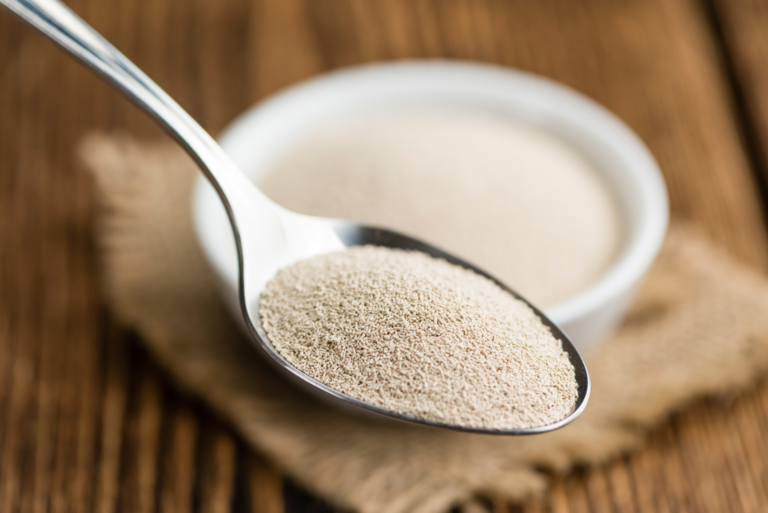
The degradation of the yeast is heavily influenced by both temperature and pH. Since wine is typically found within the 3-4 pH range and approximately 65oF, autolysis thankfully does not instantly occur. The wine is allowed to remain in contact with the yeast for a longer period of time providing its beneficial effects.
Have you been missing the weekly Exploring the Wine Glass posts? They have moved. Sign up below to receive notification of new posts. Subscribe to Dracaena Wines’ blog in the sidebar on this page.
During the lifecycle of the yeast, it will go through several overlapping stages. These include the lag phase, where stored glycogen is broken down into glucose to be used as energy so that the yeast can prepare for reproduction. During the growth phase, also known as the respiration phase, the yeast use the stored up glycogen reserves to start reproducing. It is easy to recognize this phase, as foam begins to accumulate on top of the grapes.
The fermentation phase is when the yeast eat the sugar within the grapes and release carbon dioxide and alcohol as waste products. If the wine is fermented to dryness, the yeast are allowed to consume all the sugar. The amount of alcohol in the wine is a direct relationship as to how much sugar is within the fruit.
As the yeast continue to metabolize the sugar, the increased level of alcohol released into the juice becomes toxic to them. Most yeast can survive approximately up to 15% alcohol before dying off. However as alcohol levels in wine have increased scientists have developed some strains that are more tolerant and are capable of survival up to 17% alcohol.
Once the yeast reach their alcohol threshold, they begin to die off. This occurs because the proteins that are within the yeast begin to break down causing issues with the cellular membrane. The mRNA within the nucleus changes and triggers a stress reaction releasing the protein kinase which leads to the disintegration of the cell wall and ultimately death.
Once the yeast are dead, they sink to the bottom of the barrel or tank and are now referred to as lees. If the lees are left in the wine, enzymes begin to break down the lees. This autolysis produces amino acids which release proteins and carbohydrates into the wine. These by-products are what leads to a richer wine with creaminess and bread like aromas/flavors.
The concept of using autolysis to the benefit of wine is a mainstay in the production of sparkling wine using the methode champenoise process. It is also used in “sur lie” white wine production in which the lees are stirred to increase their contact and flavors. This is known as bâtonnage.
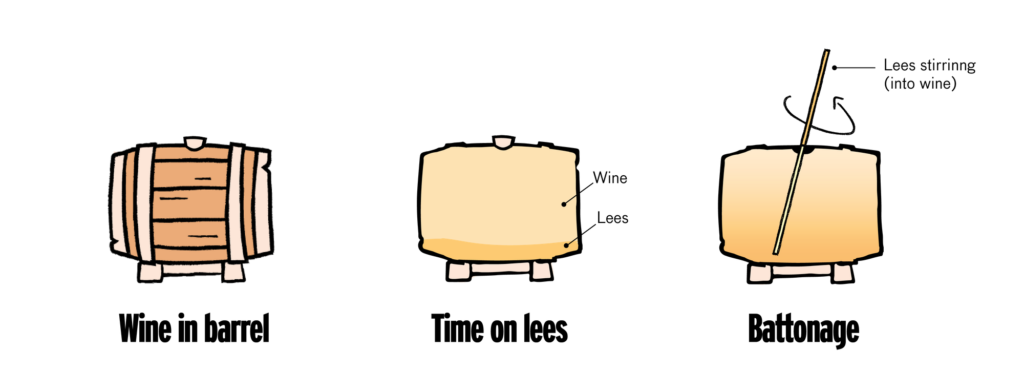
~Slàinte!
Dracaena Wines has received consistent 90+ ratings and multiple Double Gold medals. Click image to order yours today and let Dracaena Wines Turn Your Moments into Great Memories!

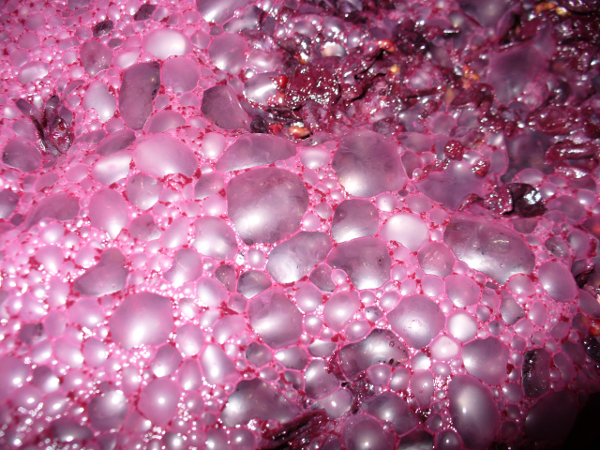

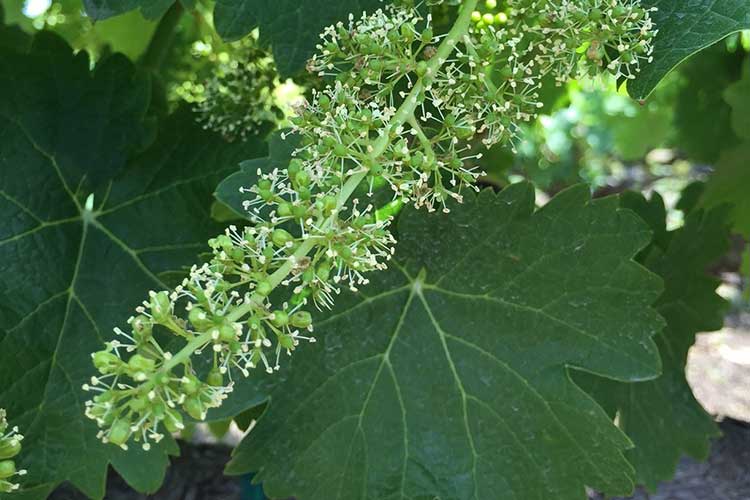
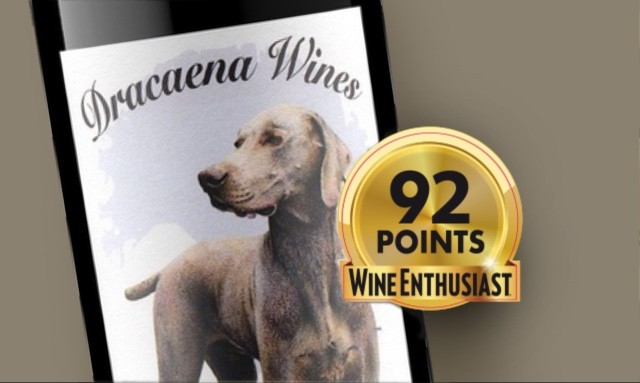
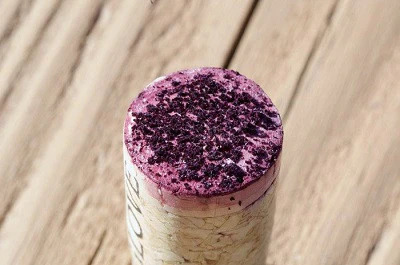
Hello, I’ve only heard of creators adding yeast during the process. Native yeast sounds interesting. Do any of the wines you create use the native yeast? Cheers!
We don’t use native yeast. It adds a lot of unknown to the winemaking process and at our size losing a barrel or two would be way too detrimental!